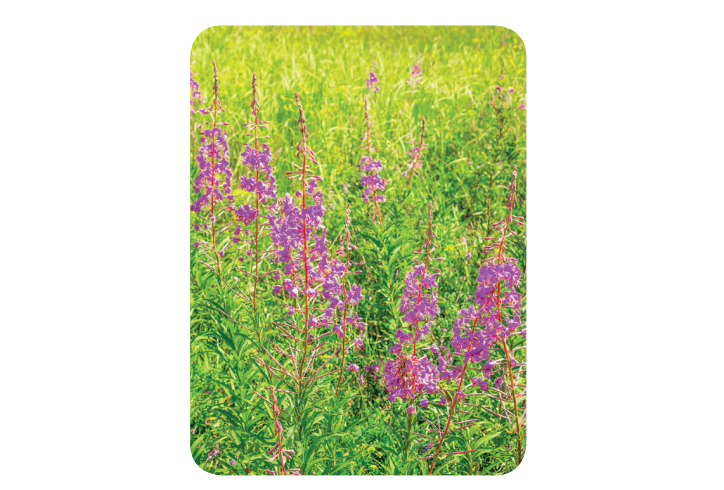



The forest is one of the ecosystems (see chapter – Ecosystems) covering a significant part of our territory. In the forests we, therefore, find a number of medicinal plants which are used pharmaceutically but also in folk medicine.
In oak groves we can collect oak bark which is collected from our ordinary oaks (common oak – Quercus robur and sessile oak – Quercus petraea, family of Fagaceae) from branches up to 10 cm in diameter, without rhytidome (so-called mirror bark). It contains mainly tannins. From the bark, baths and compresses are prepared for frostbite and burns, for hemorrhoids and for sweaty feet.
In coniferous forests (pine or spruce) we often find the bilberry (Vaccinium myrthillus, a family of Ericaceae) in the undergrowth, whose berries contain tannins and dark purple dye (anthocyans). The fruits of bilberries are used to treat diarrhea, intestinal catarrh, inflammations of the oral cavity and they also improve vision (regeneration of visual purple). Leaves of bilberry contain glucokinin and are used in tea mixtures for the treatment of diabetes.
In the warmer areas in rubble forests, the lime (Tilia cordata) tree, of the Malvaceae family, grows, its fork-like inflorescences, subtended by bracts are collected. They contain glycosides, essential oils, slime, tannins and saponins. The infusions are used to promote sweating, it is antispasmodic and it reduces irritation to cough. In forest clearings, representatives of the Rosaceae family grow: brambles (Rubus sp.) with dark aggregate fruits and raspberries (Rubus idaeus) with red aggregate fruits. In some places we can also find strawberries (Fragaria) with aggregate fruits of achenes embedded in the red, fleshy receptacle. The leaves of all these species contain tannins; they have astringent effects, are used for the taste improvement of teas and have slightly antibacterial and antifungal effects.
In school we can easily prepare fermented tannin tea in the spring. We pick the leaves of all the three herbs, start with a layer of strawberry leaves, on top of them we place a layer of raspberry leaves and finally a layer of blackberry leaves and put them all in a HDPE bag (High-density polyethylene), we expose the bag to direct sunlight for between 3 to 4 hours (the bag and the leaves will sweat and the leaves become brownish – fermentation is performed). Then we transfer the bag to the room, cut it open, we roll all the layers of the leaves together as a roll, and firmly tighten with HDPE film. We leave it to ferment until the next day. After that, we take off the bag, cut the rolled roll into approx. 0.5 cm thick slices and place them on baking paper and dry them. We have made a „fermented tannin tea“.

Pic 115: Tannin tea from raspberry, strawberry and blackberry
Another plant of forest clearings but also the edges of forests is noticeable, up to over a metre tall, pink flowering rosebay willowherb (Epilobium angustifolium) of the Onagraceae family. Flowering stem containing mainly tannins and flavonoids is collected and it is used for treating prostate diseases and as antiseptic for the urinary tract.

Pic 116: Rosebay willowherb (Epilobium angustifolium)